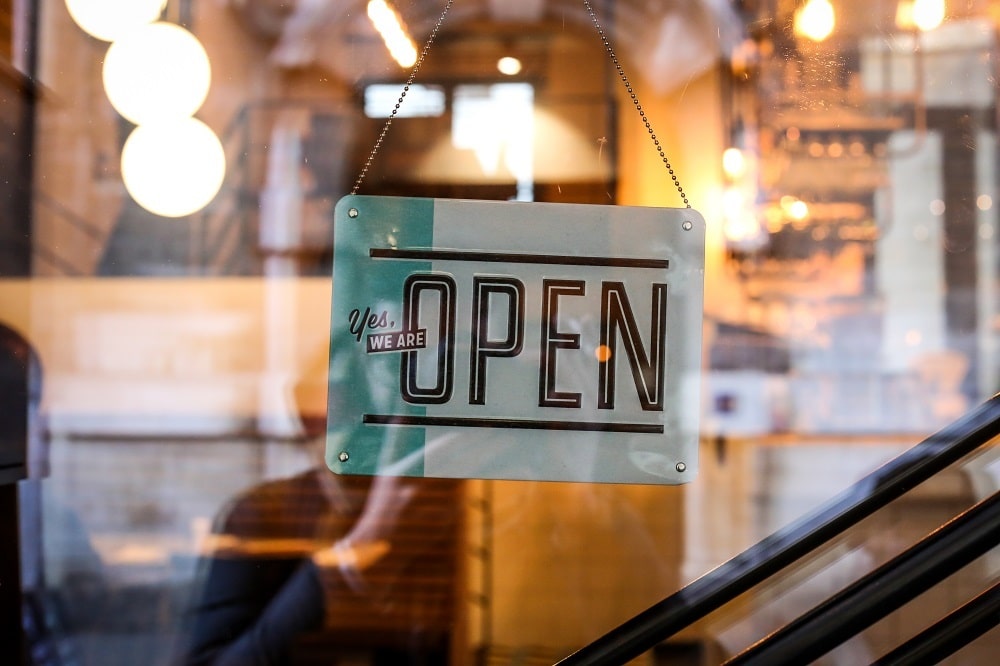Sounds engaging: enhancing the in-store experience using custom audio
The power of audio to influence behaviour has been known for decades. Find out how retailers are using custom audio to engage customers, drive sales and enrich the in-store experience.
With the rise of all things visual, it might seem like the ‘A’ in AV is dead. But that couldn’t be further from the truth.
The impact of audio is so powerful there’s a whole field of study devoted to it, says Michael Swann, Director of Integrate exhibitor Radio Parts. Known as psychoacoustics, this science explores how people perceive, and respond to, various sounds.
Here’s some ways retailers are using audio to enhance their customers’ in-store experience
The psychology of audio
Swann says there’s no debate that audio influences behaviour. “Buying decisions occur in the subconscious, with our conscious thoughts justifying the buying decision, so we want to target the subconscious,” he explains. “Audio is a very effective method for influencing us at a subconscious level, so we therefore influence mood.”
A study published in the Journal of Business Research, for example, found that music volume (and a vanilla aroma) resulted in increased shopper pleasure levels, which positively influenced behaviours—including time and money spend and satisfaction with the shopping experience.
Swann notes that while retailers use this to drive sales, there are other benefits, like branding message, customer experience and staff satisfaction.
Health fund Bupa’s dental and optical stores, for example, play music in reception areas and some treatment rooms, with the aim of creating a pleasing environment for customers and staff.
“Sales can also be broken down,” Swann adds. “As an example, you might want to turn over clients more quickly, so you might opt for higher tempo audio.”
Sounds engaging
Swann notes that some stores are using the audio experience to interact with customers. For example, clients can give a thumbs up or a thumbs down to songs, influencing the store’s playlist. “This strategy involves customer engagement, which can open the way for social media engagement, thumbs up, reviews etc,” he says.
He adds that the quality of distributed and commercial audio continues to improve. “Once upon a time, venues, schools or business used audio systems that were probably originally intended to be for fire evacuations, bells or announcements.
“Now we have some trendy and well-marketed brands, though I hope and expect that the true audio brands will be increasingly represented.
“Yamaha’s MusicCast system is one such example. Users can stream music to a Yamaha grand piano. It will mechanically control the keys of the piano and literally play true audio. Other instruments and vocals are replicated through high quality speakers, streamed via HD digital audio.”
Quality first
Steve Burton, the general manager of Integrate exhibitor Convoy, notes that shopping centres often buy the cheapest speakers they can when setting up. However, “we’ve seen retailers spending more on good quality in-ceiling and in-wall speakers because [the difference] is chalk and cheese.”
Burton adds that retailers are becoming savvier about what music and the digital era can do for them.
One of the biggest changes is the rise of wireless streaming. It gives retailers the ability to link to things like Spotify or Apple Music, so they can create playlists that aren’t limited to “tapes or CDs constantly going round and round in a circle.”
It also averts any risk of playing your competitors’ advertising in your store. “I used to be in Harvey Norman stores walking about and here an advert for Bing Lee,” Burton says. “It just means that it’s easier to control your customers listening habits.”
He says systems like those by Bluesound “allow you to stream perfectly and it can all be driven off a mobile phone.”
Wireless opportunity
Burton adds that while wireless streaming has been around for a few years, he estimates that only 5-10 per cent of retailers are using it. “There’s still a huge way to go,” he says. “It’s just about making the retailers and the businesses aware, which is where we come in.”
He points out that speaker quality is another crucial factor for the customer’s audio experience, as is individual differences in the perception of sound. “Everybody’s got a different ear,” he explains. “You and I can listen to exactly the same speaker, exactly the same song, and hear it differently because our ears are different. It’s just about making sure installers are aware of that.
“A set of JBL in-ceiling speakers will sound very different to a set of Bose or Klipsch, and it’s all down to the taste of the retailer and the taste of the person listening to it.
“The key thing is getting the balance of what your customers will listen to depending on the style of the store.
When it comes to taste, the best place to meet other professionals with an audio obsession is Integrate. The annual event brings together AV retailers, distributors and installers to discover all the latest industry innovations and make new connections. This year’s premier AV industry event will be held at the Melbourne Convention and Exhibition Centre from August 27-29 2019. Register for free online now!
-
Stay up to date with the latest news, industry insights and Integrate updates.
- Subscribe

